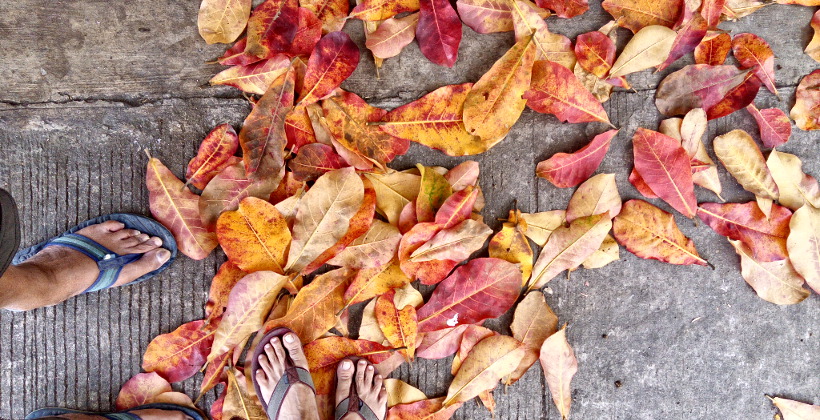Since the Covid-19 pandemic and a nearly nationwide extended lockdown hit the Philippines, I’ve been repeatedly noticing a deep malaise of black-and-white, dogmatically rigid thinking, not just among the country’s elite ruling class but also among its middle classes and working masses–including quite a few among the enlightened progressives. More about this black-and-white thinking later, but for now, let me just focus on the “no classes until December” proposal or variants thereof–as if keeping the youth away from schools would automatically reduce the risks of getting infected with the Covid-19 virus.
The “no classes until December” recommendation apparently comes from a study group based in the University of the Philippines. Even though it’s clearly well-meant, it falls into the same pit of “black-and-white thinking” as the other assumptions that led the top government policy-makers to impose–and then extend–a full lockdown across the entirety of Luzon and several other islands or big areas in the Visayas and Mindanao. I have written a number of Facebook posts criticizing both the flawed policy logic and the even more flawed implementation of the lockdown. I have also proposed a few alternative policy options in contrast to a full lockdown, such as a policy of allowing mass transport to operate under strict Covid-era rules.
On the question of resuming schools throughout the country, my initial counter-proposal is contained in the following points:
1. Use the entire months of May-July to double the number of classrooms (via an en-masse school-building construction program) and double the number of teachers by hiring twice the current number. Retrain all teachers to handle their classes in the “new normal” way. The reason here is two-fold: One, to be able to handle the current number of enrolled students while also observing physical distance inside classrooms, simply by dividing the current classroom occupancy (usually 30-50 students) into two. And second, such smaller number of students per class also has the long-term value of allowing the teacher a better environment for teaching. This step at the same time reduces our unemployment problem.
2. Resume classes by August, making sure to oblige all students and their teachers to wear masks, practice physical distancing, and strictly observe other measures such as frequent washing with soap. In practice, this means each class would contain the reduced number of just 15-20 students. Even earlier (in the May-July period), healthy youngsters should already be encouraged to enroll in some relevant volunteer programs (Scouting, 4H/garden club, first aid and rescue, physical education and sports) that allow them to resume group activities, begin practicing the above-mentioned anti-Covid measures, and be among the pioneers in helping define the so-called “new normal” instead of its being legislated and dictated to them.
3. Use the first month (August) to hold massive nationwide crash courses for all students together with their teachers and other school personnel on health and sanitation, and to mobilize them to retool their school buildings and daily class activities to be Covid-proof. The schools can thus be turned into one giant practicum/workshop, so that entire young generations can learn how to protect themselves from infections and better protect their health in normal everyday life.
4. Start regular classes in September and make adjustments in the academic calendar as needed. Shorten classroom hours and allot more time for individual reading, small group activities, field activities, and homework.
In my frame of thinking, this is not difficult to implement for public schools, if only the national government sets its mind about its feasibility, practicality, and advantages. Nevertheless, I think most private schools can adopt similar steps. #
Follow @junverzola

